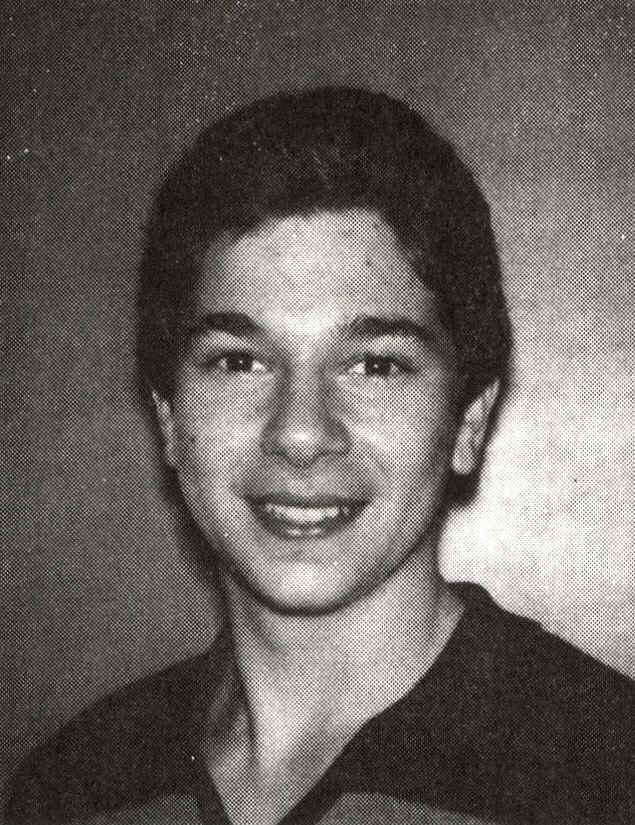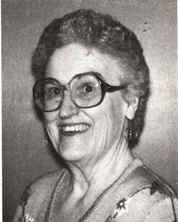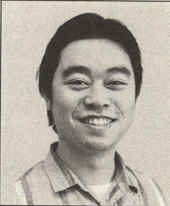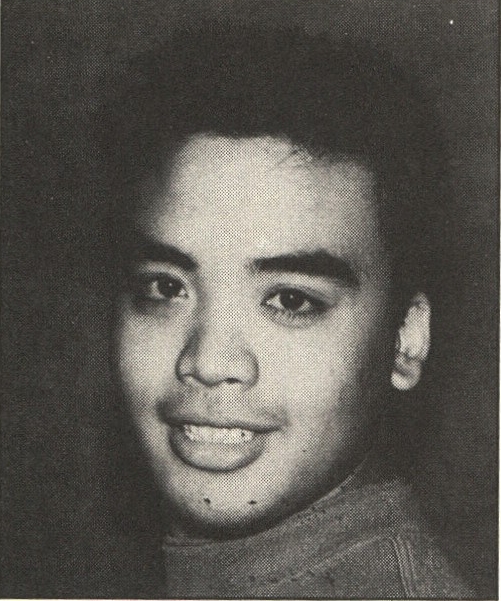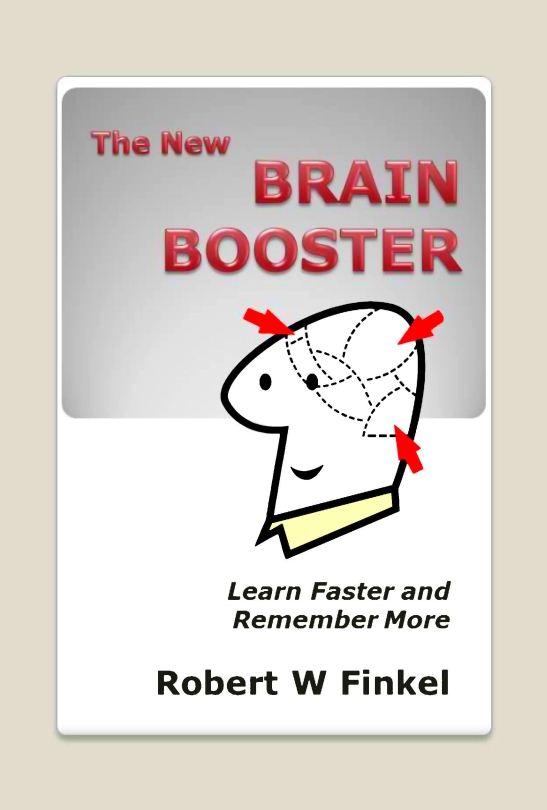|
Chaion Analytics |
Rapid Learning and Memory Techniques Copyright © 2011 by Robert Finkel |
||
|
These are not traditional study methods or exercises in willpower
and determination, but far more effective measures that are easily learned
and that can be applied immediately to your studies or work.
As you will see, the trick is to change your perception of
information to forms you absorb naturally and remember vividly.
This mini-course will introduce the power of visualization, one of three fundamental approaches to rapid learning and recall. Here you will engage your visual imagination to memorize names.
An
ability to remember people is a tremendous asset in business and social life.
It is a skill you can master.
THE BASIC IDEA
Mrs. Bump has a bump on
her nose, and Mr. Redwave has wavy red hair. You remember these people easily
because they are described by their names. Although most names are not such
descriptive labels, your imagination can make them so.
For
example, Mr. Fox may have perfectly regular features, but you can imagine him
with large canine ears and a long, foxlike snout. Ms. Smith can be imagined
carrying a blacksmith's anvil. The name Warnke sounds like worn key, an
easily visualized object. You can associate Mr. Warnke with his name simply by
imagining a worn key projecting from his hair or nose or any prominent
feature. These examples illustrate the technique for remembering names:
create an image
Use this procedure to
remember the names of the people in Figures 1 through 3. In each case
the name sounds like something visual. Associate the substitute image
and the person in any bizarre way. The people involved won't mind your
imaginative treatment (if you don't tell them about
FIGURE 1. Warnke FIGURE
2. Chambers FIGURE
3. Lance
After you have
associated the three names and faces, cover the captions, and check that you can
recall the names.
THE COMPLETE TECHNIQUE
How can you remember names
that do not sound like objects? You can create substitute images that remind
you of part or all of the name. For example, Turner can be replaced by turnip,
and the name Serifin might be approximated by seared fin or surfing. With a
small effort, your natural memory will reconstruct the original name from
the substitute image.
The
substitute images can be simple or very complex. The names Mary and Paul might
be converted to marry (imagine Mary in a bridal gown) and pail (imagine Paul
with a pail on his head). You want to concentrate on the sound rather than the
spelling.
Most
often, the match between name and image is not very close. But almost any
fragments that remind you of the original sound will work. Car works for Carla
or Carl, and point should be sufficient for Poindexter. You can simply
remember to fill out the actual name from these cues.
Use this technique to associate the names and faces in Figures 4 through 6. Remember that vivid imagery is the most important element in this technique. Review once, and then test yourself on all six photos on the link below.
ABOUT THE E-BOOK AND AUTHOR Simply click the cover picture or this link: |

